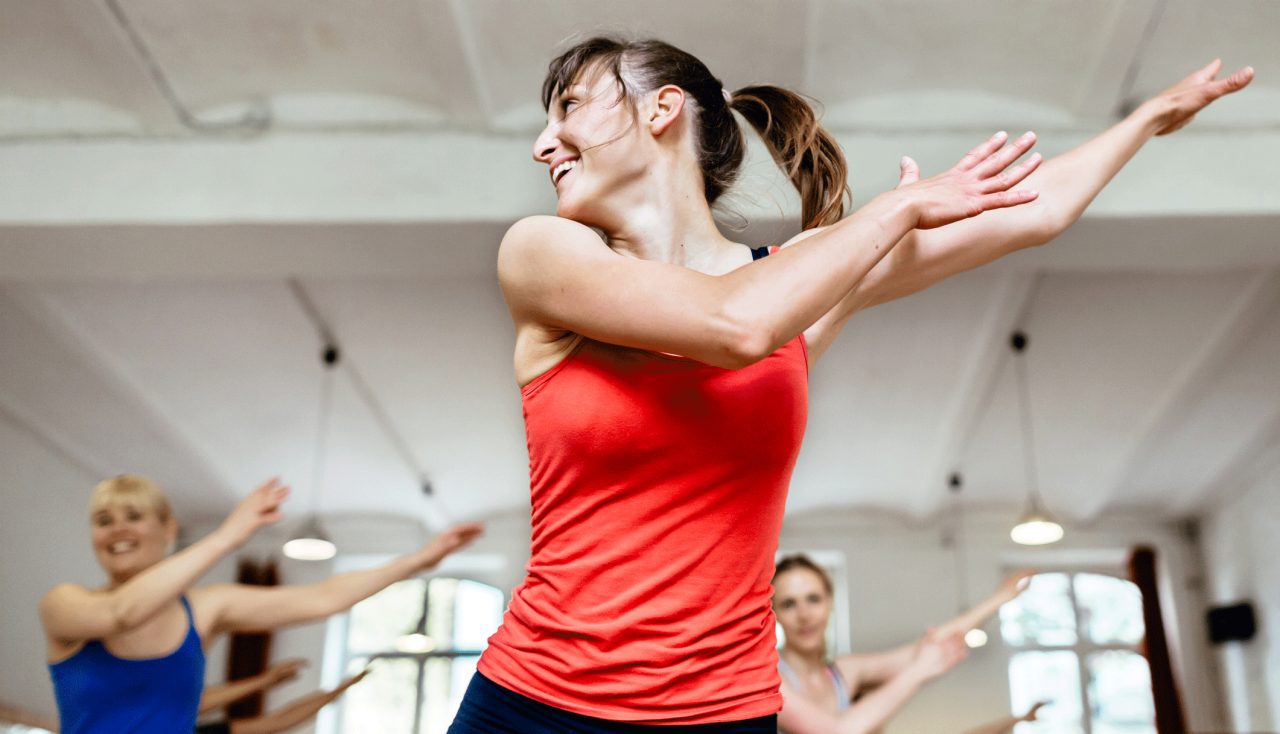Exercise Fights Migraines

Here’s yet another reason to exercise more than 150 hours a week — you could sleep better and have fewer migraines.
Exercise helps your body produce endorphins, the body’s natural painkillers. It also helps reduce stress. More than two-thirds of people who get migraines could benefit from more exercise.
The Centers for Disease Control and Prevention (CDC) recommends that adults get at least 150 minutes a week of moderate-to-vigorous exercise.
If you get that much, you could cut the number of days you have migraines. One reason is that you will sleep better. Lack of sleep triggers migraines. In one study of migraine patients, which included more than 4,600 volunteers, nearly half of the people who didn’t exercise at all had 25 or more headache days each month. Nearly 80 percent of the zero-exercise group had sleep problems. About the same portion reported depression.
By contrast, only 28 percent of people who exercised more than 150 minutes a week had headaches often. People in that group also had about half the chance of being depressed and were less likely to be anxious or have trouble sleeping.
YOU MIGHT ALSO LIKE: Benefits and Warnings About Coffee and Migraine
What does a migraine feel like?
When you have a migraine, you have a severe throbbing or pulsing sensation, usually on one side of your head. Sometimes you will be nauseated or vomit and be sensitive to light and sound. The pain can last from hours to days. Some people see flashes of light, bright spots, or strange shapes. You might feel tingling on one side of your face or in an arm and leg. It is possible to have trouble speaking.
Sometimes you can tell a migraine is approaching. Some people become constipated, have mood changes, crave certain foods, get a stiff neck, or yawn.
After a migraine attack, you might feel drained or confused for up to a day. Some people are elated. A sudden head movement might trigger the pain again but only briefly.
Other kinds of headaches can also cause intense pain. If you have an aura, nausea, or dizziness — and, again, the pain occurs on only one side of your head — your head pain is probably a migraine.
What if exercise gives you migraines?
Some people find that exercise brings on migraines, probably because their blood pressure goes up. But that’s not a reason to skip exercise.
Here’s what you can do, according to the American Migraine Foundation:
- Stay hydrated before, during, and after exercise. Thirst is a sign you didn’t drink enough. Also, if you’re really moving vigorously, you should sweat. If you don’t, you are probably dehydrated.
- It’s also important to eat, ideally with some protein, about an hour and a half before exercise. If you get cramps when you have eaten that close to exercising, experiment to learn the best timing for you.
- A regular schedule is always beneficial to manage migraines.
- Make sure you leave time for warming-up. If you know exercise can trigger a migraine, take it slow. Walk at a pace of two and a half to three miles an hour before you speed up.
What kind of exercise counts?
Aerobic activity, or “cardio,” gets you breathing harder and your heart beating faster. You should sweat. If you can talk but not sing, you’re probably working hard enough. Walking fast, riding a bike on level ground or up and down a few hills, or playing doubles tennis all count as moderate aerobics.
Get 150 minutes a week of this kind of cardio, while adding in muscle-building exercise two or more days a week. Try to work all major muscle groups, including your legs, hips, back, abdomen, chest, shoulders, and arms.
Another approach is to exercise more vigorously, for 75 minutes a week, accompanied by strength training. Some people switch between light and more vigorous cardio. A rule of thumb: 1 minute of vigorous cardio equals about 2 minutes of walking.
Women sometimes think they don’t need to worry about their muscles. Actually, they are more at risk of becoming frail with age, so it’s even more important to maintain muscle and bone strength to avoid falls and broken bones.
YOU MIGHT ALSO LIKE: Over-the-Counter Treatment for Migraine
Updated:
March 31, 2023
Reviewed By:
Janet O’Dell, RN